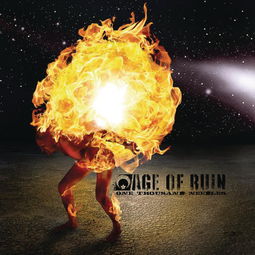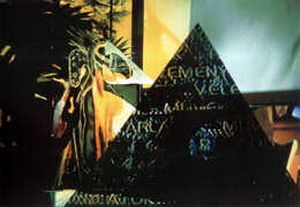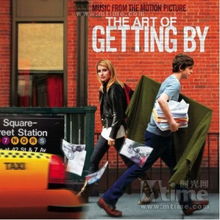Content:
Introduction:
Fishing with a cannon may sound like a quirky and unconventional method, but it is indeed a unique and exciting way to catch fish. While it may not be the most common method, it can be a fun and effective way to fish, especially in certain situations. In this article, we will delve into the fascinating world of cannon fishing, offering you a step-by-step guide and detailed illustrations to help you master this unique technique.
Understanding the Basics:
Before we dive into the details, let's first understand the basics of cannon fishing. Cannon fishing involves using a cannonball, which is a heavy metal ball, to propel a lure or bait into the water. The cannon is then aimed at the desired location, and the ball is shot, sending the lure or bait into the water at high speed. This method can be particularly effective for catching fish that are deep in the water column or hiding in dense vegetation.

1 The Cannon:
The cannon used for fishing is a modified version of the traditional cannon used in warfare. It consists of a barrel, a powder chamber, and a ramrod. The barrel is typically made of metal or wood, and the length can vary depending on the desired range. The powder chamber holds the gunpowder, and the ramrod is used to load the cannonball.
2 The Cannonball:
The cannonball is the key component of cannon fishing. It is a heavy metal ball that is propelled through the water by the force of the gunpowder. The size and weight of the cannonball can vary, but it is typically around 1 to 2 pounds.
Choosing the Right Equipment:
To successfully fish with a cannon, you need to select the right equipment. Here are some essential items you will need:
1 The Cannon:
As mentioned earlier, the cannon is the heart of the operation. Make sure to choose a cannon that is suitable for your needs, considering factors such as barrel length, powder capacity, and overall weight.
2 Gunpowder:
The gunpowder is used to propel the cannonball. You can purchase black powder or smokeless powder from a sporting goods store. Always follow the manufacturer's instructions and safety guidelines when handling gunpowder.
3 Cannonball:
Select a cannonball that is appropriate for your fishing goals. Larger cannonballs can cover more distance, while smaller ones can be more precise.
4 Lure or Bait:
Choose a lure or bait that is suitable for the fish you want to catch. Common options include artificial lures, live bait, or even homemade concoctions.
Setting Up the Scene:
Now that you have all the necessary equipment, it's time to set up the scene. Here's a step-by-step guide:
1 Find a Suitable Location:
Choose a location that offers a clear line of sight and is free from obstacles. This will ensure accurate aiming and minimize the risk of injury.
2 Position the Cannon:
Set up the cannon on a stable surface, such as a wooden platform or a sturdy piece of equipment. Ensure that the cannon is securely anchored to prevent it from moving during the firing process.
3 Load the Cannon:
Fill the powder chamber with the appropriate amount of gunpowder. Be cautious and follow the manufacturer's guidelines to avoid an accident.
4 Attach the Lure or Bait:
Secure the lure or bait to the cannonball using a suitable attachment, such as a fishing line or a specialized cannon fishing rig.
Aiming and Firing:
Once everything is set up, it's time to aim and fire:
1 Aim the Cannon:
Point the cannon in the direction of your target, ensuring that the barrel is level and the cannon is stable.
2 Aim the Cannonball:
Attach the cannonball to the ramrod and carefully insert it into the cannon. Make sure the cannonball is securely in place.
3 Fire the Cannon:
Pull the ramrod back and then release it. The force of the gunpowder will propel the cannonball through the air, sending the lure or bait into the water.
Catching the Fish:
After the cannonball has been fired, wait for the fish to strike the lure or bait. If successful, you may feel a tug on the line, indicating a fish has taken the bait. Reel in the line and enjoy your catch!
Conclusion:
Cannon fishing is an exciting and unique way to fish, offering a thrilling experience for anglers willing to try something different. By following this comprehensive guide and using the provided illustrations, you'll be well on your way to mastering the art of fishing with a cannon. Remember to prioritize safety and always follow local regulations and guidelines. Happy fishing!












